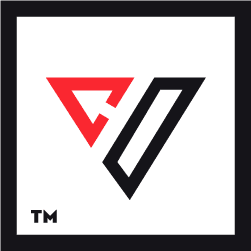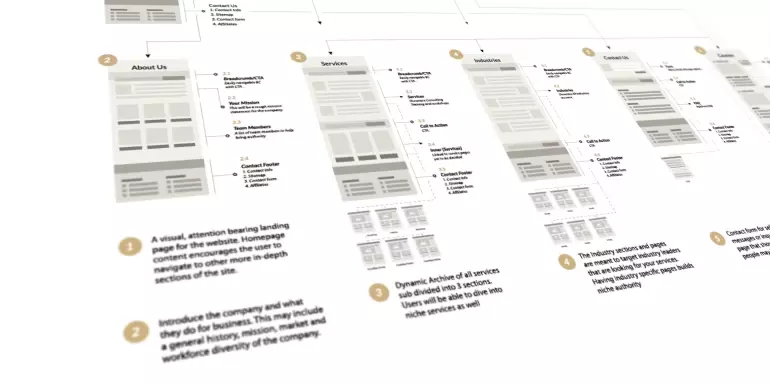

A plan ahead of time is an important part of a business as it helps see the projects with a bird’s eye view. But many businesses avoid this strategy when it comes to website planning in advance and later think about what might have gone wrong in the website development. A website developer knows how to code but a business analyst or a project manager has to step up and explain to the developer what has to be developed in the first place.
A structured website plan is necessary as it will give the developer clear instructions and directions to create the requirements. There is a study that tells 88% of the customers are less likely to go back to a website where they had a bad user experience. If your website is your virtual salesperson and it has user experience flaws like slow loading or scattered elements with useless content, it will not just reduce the conversions but also the return on the website.
“Your website is the center of your digital eco-system, like a brick and mortar location, the experience matters once a customer enters, just as much as the perception they have of you before they walk through the door.”
During website planning consider even the smallest details as this website is your online identity, your virtual salesperson and this website will give you website visitors, fame, and money. Keep in mind the search intent of your audience, the services or products you offer, the language you will use for the code, and the budget you have for the website development. Follow the website development planning process given below to avoid making such mistakes while planning your new website or contact us for expert guidance and web development services.
What is the main goal and purpose of the website?
The most important thing you need to be clear about is the objective of website development. Before you start website planning, you must have a clear idea of what you want to achieve through it. If you are confused about the purpose of the website, you will find it difficult to gather information, select the right platform and hire a developer for the project. Setting a goal for the website will help you have clarity of purpose. Highlighting the first step will help you in determining the rest.
The main goal of a website can be to increase brand awareness, increase product sales, or gain leads for sales. You can also create a website to provide information about your company, products, and services. A website can be used with the business objectives to act as a platform for online shopping or for eCommerce. It all depends on what you set as the goal or purpose of the website.


Who is the primary and secondary target audience, and what are their demographics?
The next important thing to consider while website planning is knowing the demographics of your target audience. You have to gather data regarding the age group, gender, education level, source of income, occupation, and the language they speak. This data will help you build trust and make your website friendly to a particular community. It is very important to know what your potential customers are looking for or how these customers behave while on a website.
Figure out if you are doing the website planning for B2B customers or directly for B2C. If you are planning to build a website for B2B customers, you have to make it professional and avoid using phrases like “click here” “download now”, etc. B2B customers are less likely to make purchases on impulse and will take their time to make the right decision. They have a particular amount of trust associated with them as they are dealing with other business partners.
B2B websites must have a professional look and should contain valuable information about the product or service offered by the company. Whereas the same is not true for a B2C website. The end-user takes decisions based on their needs, desires, and even impulses, depending on what we have to offer to the customer through our website.
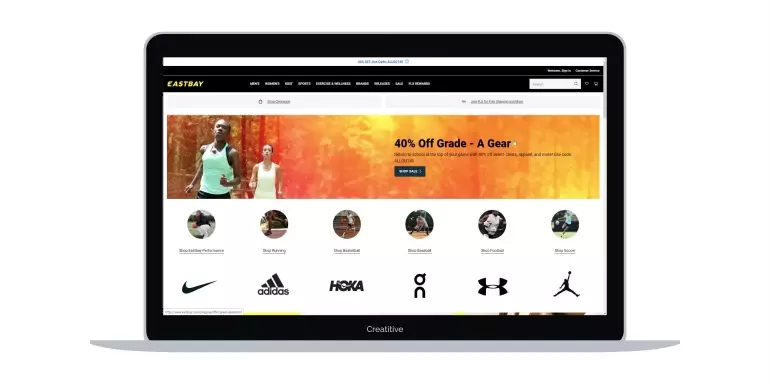

Have you analyzed the websites of your top competitors?
Analyze the websites of your top competitors as a part of the research and it will help you understand their strong and weak points. It will also help you to know what you want on the website and what not. You can gather information about their design, content, the manner in which they are communicating, the payment method, etc., and can use the same things on your website.
This will help you avoid the mistakes that your competitors have made and will bring you success. If you have a website, you can also use different tools to analyze it, gather data and understand the weak points. If you do not have a website yet, you can analyze the websites of your competitors and gather data to understand your target audience, their source of income, age group, occupation, etc.
What is your overall budget for web development?
It is important to create a budget range and set it aside for website creation. If you have the budget range set, you will be able to decide how much is to be invested in each aspect of the website project. The cost and timeline for a website depend on the project scope and functionality required. It also depends on the number of unique pages the website requires.
Have you conducted Discovery Research?
Documentation should be done to give an overview of business goals along with a description of your target audience, the project’s technical scope, data migration and compliance plans, and the project’s budget and timeline.
You should be aware of your end users and their behavior and user interviews are important for the same. These interviews can be held online or in person. They turn out to be effective as you would now know the exact kind of audience you’re designing this website for.
Who are the team members including designers, developers, content strategists, etc. that will work on the project?
To plan your new website, you need to know the team members who will work on the project. Before hiring anyone, you would need the help of a strategist or the CTO to identify the language in which the code will be written. This will also be dependent on the budget you have fixed for the website.
Once you know the language and have an idea about the design requirement, you will hire both after checking their skills and experience. If you are hiring a content strategist for the website, you have to decide how exactly you want the content to be created. Depending on the role of a content strategist, you can decide how you want the website content to be written and how the content management system can be used.


Define The Website’s Structure
“A successful website does three things: It attracts the right kinds of visitors.
Guides them on the main services or products you offer. Collect Contact details for future ongoing relations.”
Once you know the purpose of your website and have decided what you want to achieve through it, you can now decide the structure of your website. A website without a structure is like a building without a roof; everything is scattered, and no one can make sense of it.
The website structure will help you decide what goes into the website, how it should be displayed, and what information is important. It is important to identify the primary content that you want to display on the website. You can then decide on the secondary content that will be helpful in adding value to your primary content.


What are the pages and in what hierarchy do you need to display information on your website for the user?
The next important thing is to identify the pages that you need to display information on your website. You can also decide the hierarchy or the sequence in which you want to display the information on the website.
This hierarchy will help you decide the value of information that you will provide to the user and how it can be helpful to the user. You can decide the pages of your website by creating a sitemap.
Sitemaps can be extremely useful for this purpose as they help you decide which pages you need. In which particular order do they need to be arranged?
A sitemap is a visual representation of the website’s content and structure. You can decide on the website structure by creating a flowchart or a diagram that depicts the relationship between various elements and helps in identifying the master pages of the website.
The structure should be made keeping in mind the user experience on the website. It highlights the important elements of the website and allows you to understand how the website works. A sitemap will help you decide which pages you need, and in which particular order they need to be arranged. It will also help you decide what information goes into each page. It will also help you decide whether you need a subpage or not.
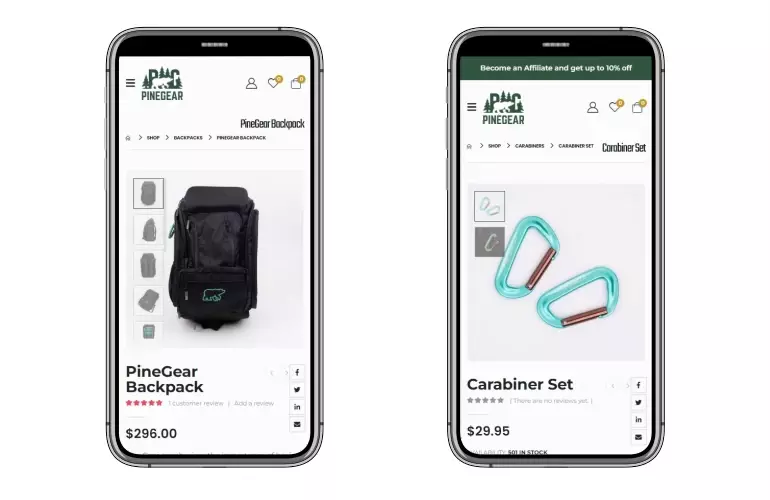

What are the website development challenges and advice during the website planning?
Listed below are some challenges and advice that have to be kept in mind while planning a website:
UX & UI
If we go back in time, we will observe that the web design used to be very plain and meant only for desktops. In today’s world, the screens are of varying sizes and each has its own hardware specifications. The websites that we create today should have a responsive design (be able to present themselves on mobile devices, tabs, etc.) and be less complicated.
A great website is one that attracts users through its responsive web design and makes them visit again. The development team generally forgets about the ease of navigating the website which actually is a very crucial aspect of website development. User Personas should be made before deciding on a user’s experience.
Security
As the internet is getting bigger by the minute, so are the digital threats along with their complexity and intensity. Cyber Crime is increasing every day. We have to make sure that the website that we are building is safe in all aspects be it DoS, Password attack, SQL injection attack, and others. Most businesses aren’t aware of this.
They need to take the necessary measures to protect and defend against any possible assaults. Adding an SSL certificate and linking the website to trusted hosting and payment gateways will help.
A big reason for requiring web security is the evolving technology. As the technology pool is expanding, the resources are being left untested which ultimately leads to security breaches.
One of the main reasons for cybersecurity vulnerability is evolving technology itself. Changing technology creates a large pool of untested software, resources, and apps. Using these untested resources increases the website’s vulnerability to security breaches.
Online website builders have themes, plug-ins, and many other resources which can with each update become a security threat.
Search Engine Optimization During the Development Process
No matter what kind of website you create, content is crucial.
- How will user intent view our content strategy?
- Do we list services and prices?
- what will be the URL structure of the website?
- How do I give phone numbers or emails out?
45% of people will leave the website if they are not. Many companies have an internal Content Manager who speaks their language and knows its value. This person is important and difficult to find because they possess rare skills such as writing and editing skills, information designing, and organizational and management skills.
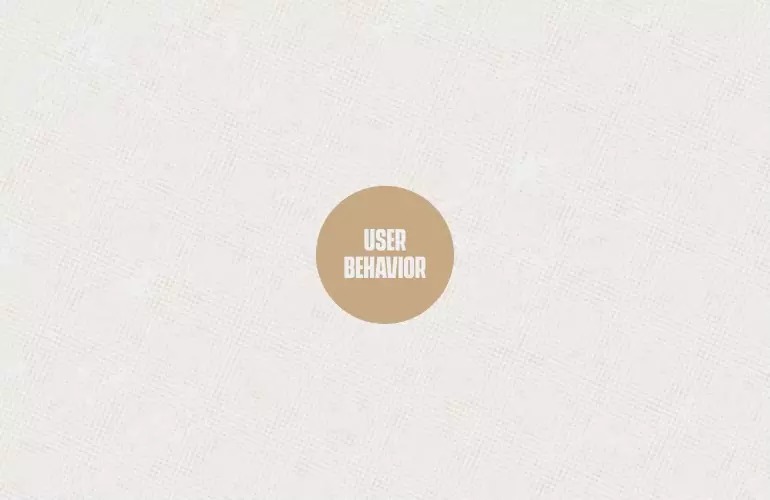

Digital marketing and lead generation during the sitemap phase is an added step that could make your website development process that much easier to take on. Depending on if you are a b2b or b2c company, the search engines view your entire site as an electric grid of sorts.
Getting your google analytics and online marketing campaign set up during this phase is a crucial step that will help with the next step in the process scalability.
Competitive Gap Analysis
Check out what your competitor is posting, it might be about something that you are missing. One good way is to break this down into important keywords. These keywords will help you to go into specific details of the competitor’s content.
Keyword Mapping
On-page SEO is an important aspect of a website’s performance. Keyword Mapping is a process of assigning the keywords to specific pages of the website that have been discovered through Keyword Research. A keyword mapping document needs to be made beforehand to ensure which keyword will dominate which page. This document can be easily made on a spreadsheet with each row depicting each web page and each column being an important element of on-page SEO optimization.
Keyword Grouping
Clustering keywords that are related, compiling them in a list, and distributing them throughout pages to help get traffic, both organic and paid is called keyword grouping. It also helps in reducing the bounce rate as visitors get all the related information on one site.
Through effective grouping, your website can easily achieve more relevance on the Google search engine. It enhances your content writing and attracts visitors and robots.
Scalability
When we are developing our website, we should always keep the future in mind. It can be the functions or the concurrent users at a point in time or the animations that will improve by the day. One must take care of the growth in the coming future and then take decisions based on the scalability of most businesses.
A scalable website would be one where the system, network, or process can cope with the increasing workload or traffic and its ability to take up extra resources while keeping the central node structure intact.


Conclusion
The website planning process is essential for the development of a website. The planning process will help you to create a site that is customer-oriented and that satisfies the needs of your audience. The plan is different for each website, but there are a few questions that you should be asking yourself to guide you throughout the process.
The launch of a website is an exciting milestone and the timeline of the website should be made in a way that everything is ready 5 days before making it LIVE. If you are interested in learning more about how to create the planning process, contact us anytime and our team will take it from there. We would love to help you plan your next website.
